News
The Queer Gothic Foundation of Modern Horror
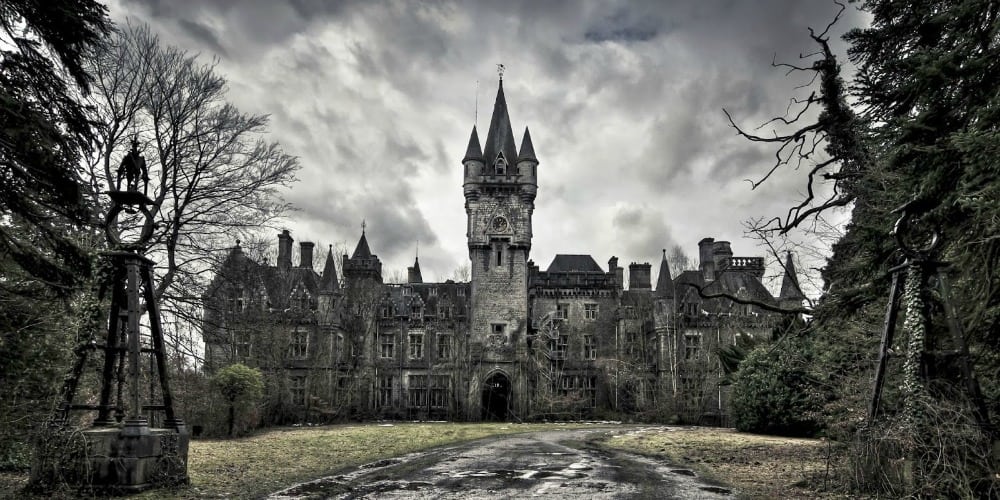
**Editor’s Note: The Queer Gothic Foundation of Modern Horror is a part of our continuing series on Horror Pride Month, spotlighting the LGBTQ community’s involvement in shaping the genre.
There is something inherently decadent about the Gothic horror story. Perhaps it is the stately manors and fog-covered moors. Possibly, it is the finely dressed men and women.
One thing is clear, however, upon researching and studying those texts: the writing of those haunting stories indelibly shaped what horror is today, and many of the hands holding the creative pens were, themselves, queer.
Below you’ll find a list of only some of these incredible authors.
Horace Walpole
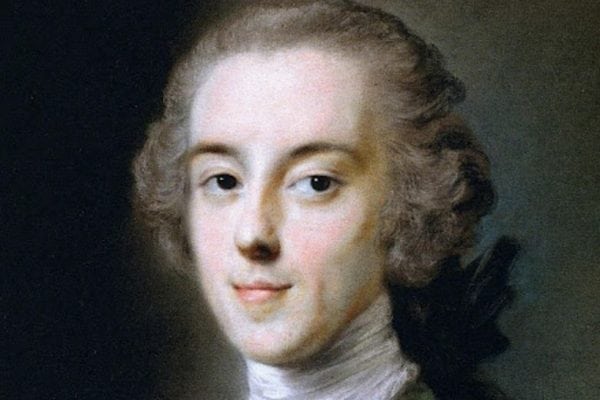
Traveling back three centuries, we discover The Castle of Otranto. Largely considered the first Gothic novel, the story was written by Horatio “Horace” Walpole, 4th Earl of Orford. Walpole was the son of the first British Prime Minister, and from his earliest life it was clear that he was not “normal” by societal standards of the day.
Many have speculated that Walpole was gay, though more recent historians have argued that he might have actually been aesexual as he seemed to show no ardent physical desire toward anyone. It was also speculated that he, like many other writers discussed here, turned to writing scary stories as code because they could not openly talk about their sexual orientations due to the illegality of homosexuality.
Walpole was known to spend time with women such as Mary Berry, a non-fiction writer of the time who many named as a lesbian, herself due to her refusal of several marriage proposals and her staunch criticism of societal marriage norms. In other words, the women who were least likely to show any romantic interest in him.
The novel, itself, established many of the elements and aesthetics that exist within modern Goth culture today merging a terrifying and intriguing story with a certain medieval flair, and a great number of future authors would owe an immense debt to Walpole’s novel as it laid the foundation for their own novels.
William Thomas Beckford

Moving forward in time, we find William Thomas Beckford, also of England.
Born in 1760, Beckford would fill a number of roles in his lifetime as a novelist, politician, art patron, critic, and travel writer. He was, as was expected of him, married and the marriage ultimately produced two daughters.
However, as Lord Byron would later write in his poem “To Dives–A Fragment”, Beckford was “seduced to deeds accursed” and “smitten with th’ unhallowed thirst of Crime unnamed.” Byron scholar E.H. Coleridge stated in his collection of Byron’s works that these lines were written specifically about Beckford. It isn’t a leap at all to read the lines as a coded statement to Beckford’s queer desires.
Indeed, Beckford spent several years in exile due to a gay love affair that he had with a young man named William “Kitty” Courteney. Though they could not be together, Beckford wrote William often and several of those letters were collected in a volume titled My Dear Boy: Gay Love Letters through the Centuries.
Among Beckford’s many writings was the novel, Vathek, a strange and twisting Gothic tale in which the titular character throws off his adherence to Islam and gives himself over to a litany of sexual debaucheries in the pursuit of supernatural power. When those deeds seem unsuccessful, he turns to more outrageous acts including the sacrifice of 50 children in his pursuit of power.
Beckford pulled from a multitude of sources in creating Vathek including the Qu’ran and tales of the Orient which were popular at the time. He also added the mystic, fiery Jinn and even the Goddess Bilqis who was mentioned in multiple religious texts. Today, it is considered one of the earliest works of dark fantasy literature.
Francis Lathom
Born in 1774, only 14 years after Beckford, Francis Lathom became a prominent Gothic novelist and playwright. Circumstances surrounding his birth were murky at best, but we know that he began his literary career in Norwich in 1791.
In 1797, he met and married a Diana Ganning, and together they had four children, but in 1810, he fled the marriage, and rumors of the time pointed toward his gay love affairs as the reason for his sudden and inexplicable departure.
His literary career ended at the same time, but thankfully, he had already produced several Gothic novels which would help to shape the genre in times to come. Of those, the most famous and well-received was The Midnight Bell.
In the novel, a young man by the name of Alphonsus Cohenburg sets out on a quest to regain his stolen properties. The first two thirds of the novel follow all the tropes of a typical quest story as Alphonsus takes on various roles while in hiding including that of a soldier and later a miner.
It’s the final third of the novel, however, that solidified its reputation as a quintessential Gothic horror story. The novel is suddenly filled with gothic imagery inside Cohenburg castle and includes stories of apparitions who turn out to be a cabal of evil monks who meet in secret on the property.
The title refers to the bell that tolls to call those monks to their dark rituals.
The novel was infamous in its time and Jane Austen included it as one of the “horrid novels” she speaks of in her Northanger Abbey.
Anyone who has seen any of the decadent Hammer Horror films of the 60s can easily spy Lathom’s influences.
Matthew Lewis
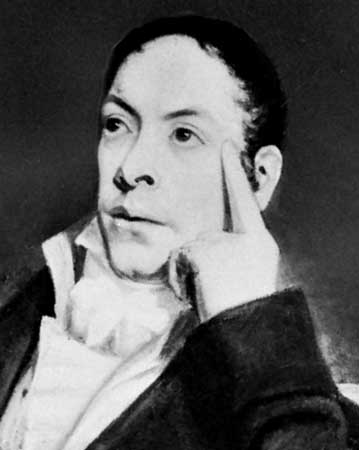
ilewism001p1
Unlike other authors on this list, there is no actual proof that Matthew “Monk” Lewis ever engaged in homosexual activity himself. The subject is one that has been debated, with evidence from both sides of the argument that come to no actual conclusions. The debate continues to this day regardless.
Lacking actual proof, it is his subject matter, and not his personal life, that finds him included here.
Lewis’ most famous novel, The Monk, was written when he was only 19 years old and was scandalous from the beginning in its overt anti-Catholicism and its depictions of cross-dressing, gender fluidity, and male-male relationships.
The plot for The Monk is as muddled and complicated as any I’ve ever read making a short synopsis impossible. You can find a full summary on Wikipedia, however.
It is as brilliant and terrifying as any of its kind that I’ve ever read, and should be on required reading lists for anyone reading into the queer history of horror.
Joseph Sheridan Le Fanu
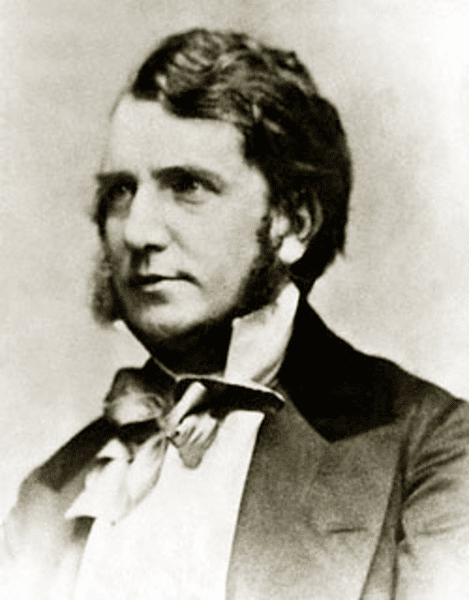
Thus begins the Irish section of this list.
Sheridan Le Fanu, as he was known professionally, was born in Ireland in 1814, and in his lifetime he would become known as one of the greatest tellers of ghost and horror stories of his generation.
While many of his stories are well know to this day, it his novella Carmilla that brings him to this list.
The tale is told by its protagonist, Laura, and involves a female vampire named Carmilla with whom Laura finds herself enthralled. Though Le Fanu writes with a certain amount of circumspection about the actual sexuality of his characters, Laura’s attraction is palpable and the sensual nature of her relationship with Carmilla leaps from the page.
The novel has served as the source for numerous film and stage adaptations, and has become a the gold standard for others who have tried their hand at writing lesbian vampire novels.
Oscar Wilde

While most think of Oscar Wilde’s enormous wit and humor, one must never forget that he penned the enormously popular The Picture of Dorian Gray.
Perhaps no other novel has ever fully expressed the gay community’s obsession with youth and virility as well as Wilde’s story of the mysterious Dorian Gray who owns a painting of himself that ages year after year as he remains young and beautiful.
Wilde took chances that few other dared in his lifetime, living his life as openly as possible, resulting in his imprisonment for “gross indecency” for two years, the maximum sentence allowable at the time.
His outspoken and barbed defense during his own trial is the stuff of legends and he has rightly been raised to an icon in the queer community to this day.
Digging deeper into The Picture of Dorian Gray, which was released five years before his imprisonment, we find a novel that was published in various versions first appearing in a monthly magazine wherein the publishes deleted roughly 500 words for fear of legal repercussions at its perceived immorality.
It was later revised and published in novel form, again in various versions, due to the subject matter.
Dorian is a young man who fears the ravages of age after falling in league with Lord Henry Wotton. As his fear grows, he wishes to sell his soul in order to escape aging and death, and as is often the case in these tales, his wish is granted.
Gray becomes the ultimate Libertine, living a decadent lifestyle due to his enormous beauty which never fades, though his portrait continues to do so, showing signs of of his years and the expense of his many sins upon his body.
As the repercussions of his life begin to catch up with him, Dorian becomes enraged one evening and takes a knife to the painting, stabbing it through the heart. His cries are heard in the street and when his body is discovered, it is than of an old, diseased man while the painting has been returned to its original state.
The story has been the source of numerous adaptations in the almost 130 years since its original publishing and continues to spark the imagination to this day.
Bram Stoker
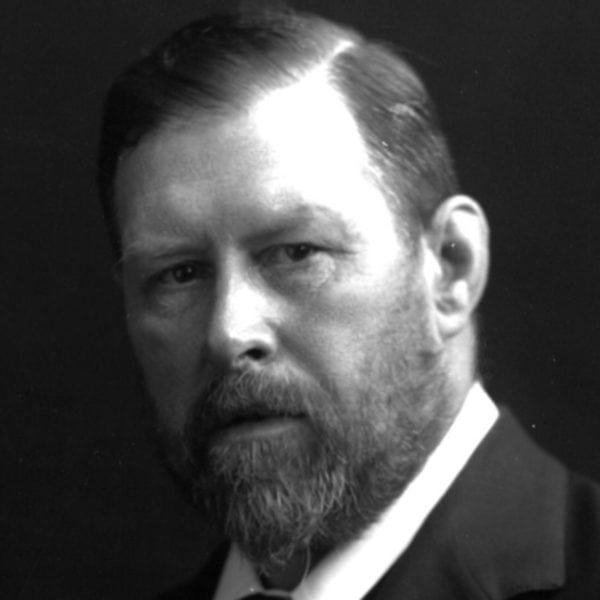
I think I just heard an audible gasp.
For many, the news that Bram Stoker was a closeted gay man comes as a shock, but it is indeed true. The author of Dracula began writing the novel during the time that his dear friend Oscar Wilde was being put on trial for gross indecency.
The hidden gay life was unearthed and written about in detail by David J. Skal in his book Something in the Blood: The Untold Story of Bram Stoker, the Man who Wrote Dracula.
In it, Skal painstakingly pieces together the life of the great novelist pointing not only to his friendship with Wilde, but also to his lasting and intense relationship with fellow novelist Hall Caine. It his gushing letters to Walt Whitman, however, that give us the greatest insight into Stoker’s very private life and desires.
He wrote to Whitman that he longed to be “natural” before the writer, calling Whitman a “true man” stating that he would be willing to be a “pupil before his Master” in Whitman’s presence.
With this knowledge, certain things become clearer when reading the author’s seminal novel. It is especially prevalent in Dracula’s relationship with Harker as the Count’s vampiric brides approach the handsome young man, Dracula shields him from them, claiming “The man belongs to me!”
Of course the reputation of Dracula is abiding and upon closer inspection can actually be read as a novel that embraces its queerness from the very first pages. The modern horror genre owes a great deal with Bram Stoker.
Rosa Campbell Praed
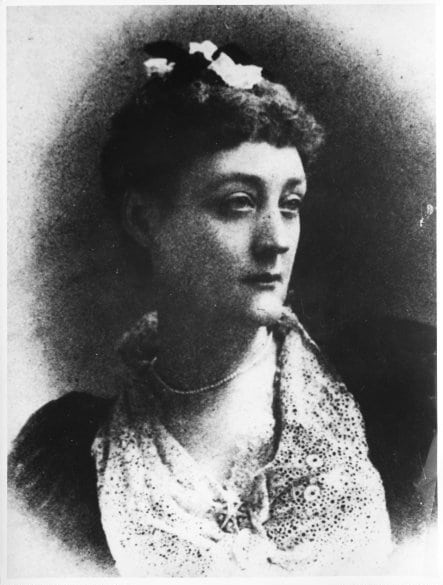
Rosa Campbell Praed was a remarkable woman.
Born in Australian in 1851, Praed wrote across multiple genres embracing multiculturalism in a time when it was unheard of. She was one of the first authors to include Aboriginal characters in her writing and to do so with a dignity no one had witnessed before.
Her story is one of constant change and shifting, but one thing that we do know is that she lived for 30 years with a spiritual medium by the name of Nancy Harward, and it was during that time that she turned her pen to ghost stories and fantastic tales such as her novel Nyria which, it was later reveled, was based upon the stories related by a medium in trance.
She later published the entire accounting of the sessions which recounted the experiences of a young girl named Nyria who lived in Rome approximately 1800 years ago.
The novel and the later release of the transcriptions of the medium’s trance work came at the height of the spiritualist movement and her stories of the occult and reincarnation helped shape the future, not only of novels and storytelling, but also in film.
'Civil War' Review: Is It Worth Watching?
Follow our new YouTube channel "Mysteries and Movies" here.

Movies
’28 Years Later’ Trilogy Taking Shape With Serious Star Power
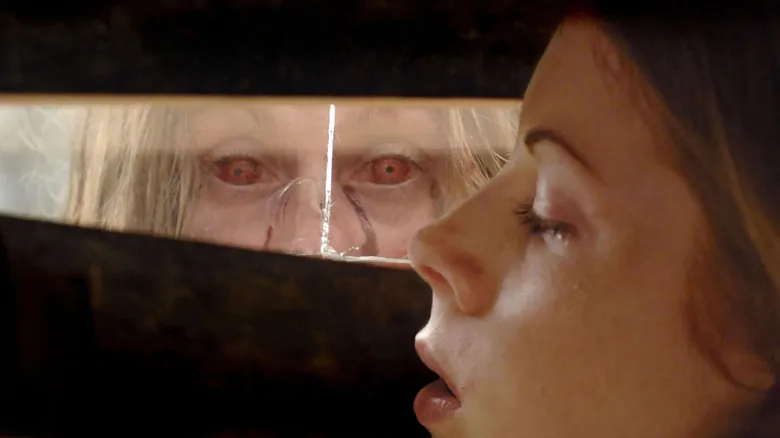
Danny Boyle is revisiting his 28 Days Later universe with three new films. He will direct the first, 28 Years Later, with two more to follow. Deadline is reporting that sources say Jodie Comer, Aaron Taylor-Johnson, and Ralph Fiennes have been cast for the first entry, a sequel to the original. Details are being kept under wraps so we don’t know how or if the first original sequel 28 Weeks Later fits into the project.


Boyle will direct the first movie but it’s unclear which role he will take on in the subsequent films. What is known is Candyman (2021) director Nia DaCosta is scheduled to direct the second film in this trilogy and that the third will be filmed immediately afterward. Whether DaCosta will direct both is still unclear.
Alex Garland is writing the scripts. Garland is having a successful time at the box office right now. He wrote and directed the current action/thriller Civil War which was just knocked out of the theatrical top spot by Radio Silence’s Abigail.
There is no word yet on when, or where, 28 Years Later will start production.
The original film followed Jim (Cillian Murphy) who wakes from a coma to find that London is currently dealing with a zombie outbreak.
'Civil War' Review: Is It Worth Watching?
Follow our new YouTube channel "Mysteries and Movies" here.
News
Watch ‘The Burning’ At The Location Where It Was Filmed
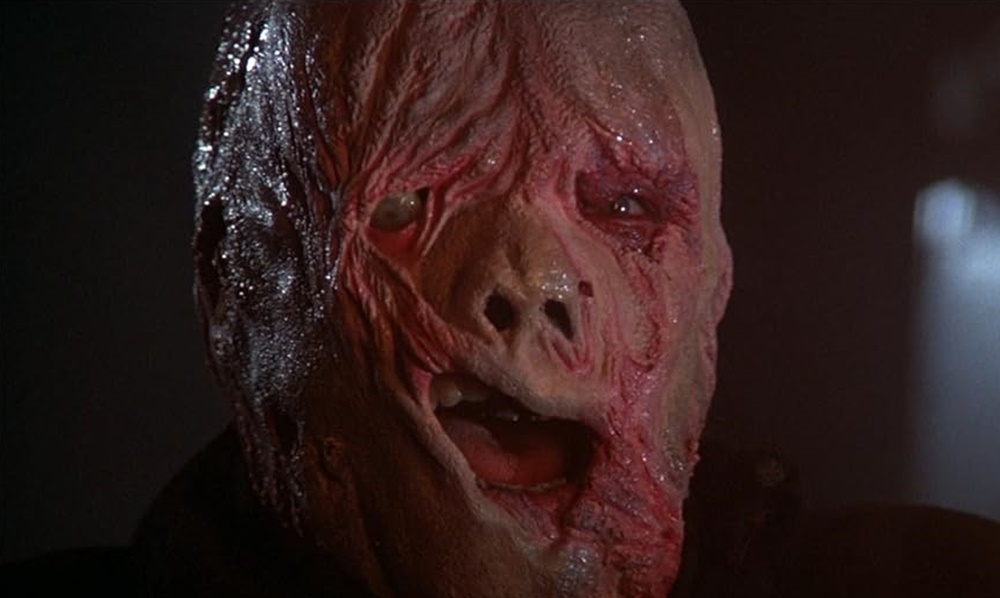
Fangoria is reporting that fans of the 1981 slasher The Burning will be able to have a screening of the film at the location where it was filmed. The movie is set at Camp Blackfoot which is actually the Stonehaven Nature Preserve in Ransomville, New York.
This ticketed event will take place on August 3. Guests will be able to take a tour of the grounds as well as enjoy some campfire snacks along with the screening of The Burning.
The film came out in the early ’80s when teen slashers were being churned out in magnum force. Thanks to Sean S. Cunningham’s Friday the 13th, filmmakers wanted to get in on the low-budget, high-profit movie market and a casket load of these types of films were produced, some better than others.
The Burning is one of the good ones, mostly because of the special effects from Tom Savini who had just come off of his groundbreaking work on Dawn of the Dead and Friday the 13th. He declined to do the sequel because of its illogical premise and instead signed on to do this movie. Also, a young Jason Alexander who would later go on to play George in Seinfeld is a featured player.
Because of its practical gore, The Burning had to be heavily edited before it received an R-rating. The MPAA was under the thumb of protest groups and political bigwigs to censor violent films at the time because slashers were just so graphic and detailed in their gore.
Tickets are $50, and if you want a special t-shirt, that will cost you another $25, You can get all the information by visiting the On Set Cinema webpage.
'Civil War' Review: Is It Worth Watching?
Follow our new YouTube channel "Mysteries and Movies" here.
Movies
‘Longlegs’ Creepy “Part 2” Teaser Appears on Instagram
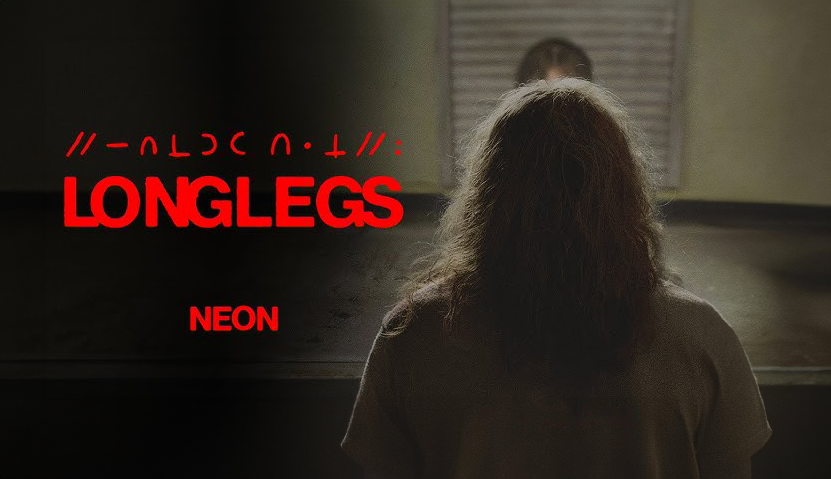
Neon Films released an Insta-teaser for their horror film Longlegs today. Titled Dirty: Part 2, the clip only furthers the mystery of what we are in for when this movie is finally released on July 12.
The official logline is: FBI Agent Lee Harker is assigned to an unsolved serial killer case that takes unexpected turns, revealing evidence of the occult. Harker discovers a personal connection to the killer and must stop him before he strikes again.
Directed by former actor Oz Perkins who also gave us The Blackcoat’s Daughter and Gretel & Hansel, Longlegs is already creating buzz with its moody images and cryptic hints. The film is rated R for bloody violence, and disturbing images.
Longlegs stars Nicolas Cage, Maika Monroe, and Alicia Witt.
'Civil War' Review: Is It Worth Watching?
Follow our new YouTube channel "Mysteries and Movies" here.
-

 News6 days ago
News6 days agoBrad Dourif Says He’s Retiring Except For One Important Role
-

 Strange and Unusual6 days ago
Strange and Unusual6 days agoMan Arrested for Allegedly Taking a Severed Leg From Crash Site And Eating It
-

 Movies7 days ago
Movies7 days agoPart Concert, Part Horror Movie M. Night Shyamalan’s ‘Trap’ Trailer Released
-

 Movies7 days ago
Movies7 days agoAnother Creepy Spider Movie Hits Shudder This Month
-
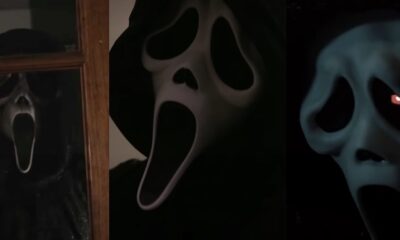
 Editorial6 days ago
Editorial6 days ago7 Great ‘Scream’ Fan Films & Shorts Worth a Watch
-
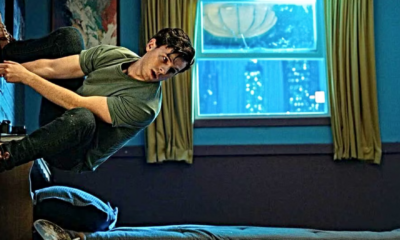
 Movies5 days ago
Movies5 days agoSpider-Man With a Cronenberg Twist in This Fan-Made Short
-

 News4 days ago
News4 days agoOriginal Blair Witch Cast Ask Lionsgate for Retroactive Residuals in Light of New Film
-
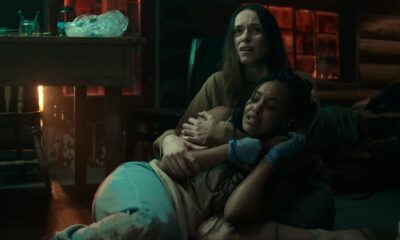
 Movies6 days ago
Movies6 days agoCannabis-Themed Horror Movie ‘Trim Season’ Official Trailer
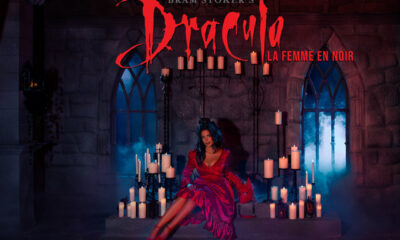

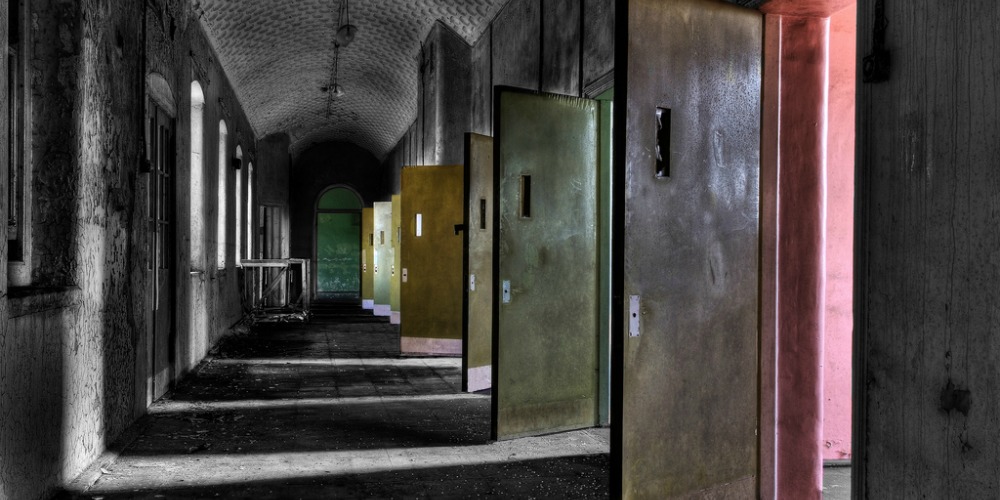























You must be logged in to post a comment Login